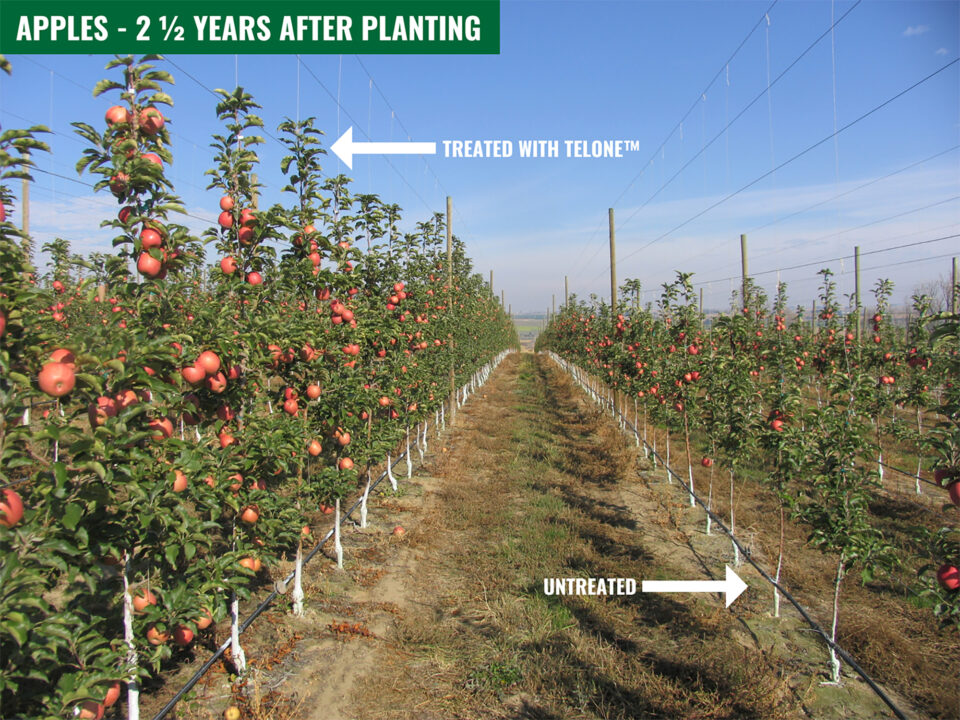International Flavor Impacting Domestic Citrus

One of the core missions of New Varieties Development & Management Corp. (NVDMC) is global exploration for new citrus varieties that may have value in Florida fresh and processed citrus sectors. This is achieved through interaction with breeding programs, commercial agents, travel, and observation. International trends reveal dichotomous approaches to new variety introductions. It is important that citrus nurseries and the growers they serve remain abreast of these developments, as they will ultimately impact nurseries.
What was once foreign and far away, is getting closer to home. What once only affected fresh varieties, is now beginning to impact promising varieties for the processed sector. The September 2011 Citrus Nursery Source explored royalty models. This month we will explore four common approaches that variety owner/managers (public and private) are taking to variety commercialization. This information will be helpful to nurseries in a couple of ways: better understanding opportunities for nurseries as foreign varieties come to Florida; and planning for management of domestic varieties. Growers are facing increased risk and cost when making planting decisions in 2012. They now consider factors that will protect their investment and offer a greater assurance of a strong return. Nurseries aware of these factors will be in a better position to participate and to advise their grower base.
Model A: Isolation And Local Advantage
This approach is applied to some publicly developed varieties. Growers operating within the region where the variety was developed leverage political will to keep the variety close to home. The variety is not licensed outside the home region for evaluation or production. This is seen as an advantage to the local region, resulting in recognition and identity as the sole producers. Some of the disadvantages of this approach are: (1) the variety will have a shorter production window and a diminished market presence as it is limited to the maturity window of the home market; (2) revenues are lost that could have financially supported the breeding program; and (3) often the developing entity does not secure protection for the variety intellectual property (IP) in likely foreign production areas, leaving the variety vulnerable to theft and overall loss of control.
Model B: Extreme Exclusivity
This model is applied to certain private varieties with real or perceived unique attributes that are valued by the marketplace. The variety is generally propagated by one or two nurseries. Tree production is tightly limited to assure that variety demand far exceeds supply. The variety is marketed on an exclusive basis through one or few retail outlets. This plan gambles that the unique attributes of the variety will outweigh retail frustration resulting from limited production and availability. Once established, contra-seasonal production can be secured, extending the window for the committed exclusive retailers. These are high return for retail, high royalty for owners, and high margin for nurseries. What is unknown is staying power. These are all pretty new.
Model C: Controlled Movement Through Strategic Partners
In this model, IP protection is secured in likely global production areas and varieties are tested for suitability to conditions and consistency of characteristics. Production is generally managed in such a way as to balance variety availability in key markets and protect markets served by growers in its home country or state. Managers can balance production against competing varieties sharing the same harvest window. This approach can provide royalties to the variety owner, expand market presence through dual hemisphere production, and minimize the possibility of theft. It requires a professional level of oversight and verification. This model is suitable for public and private material. There may be initial resistance from growers in the home territory, for the variety to go global, but it does provide protections and encourages retail acceptance.
Model D: Broad Global Release
In this approach, IP protection is secured in all production areas that are interested in the variety and it is licensed for production (typically) without limitations or restrictions. Such a model also requires oversight and verification, and for a strong variety, can generate substantial short-term revenues for owner and partner nurseries. However, a good variety that is compatible with a wide range of growing conditions will undoubtedly be over-produced. Markets will become saturated and grower returns will decline. Though the marketplace will ultimately correct itself, the pace of change in global production of fresh citrus varieties does not have patience for natural corrections. Growers will rapidly grow weary of low returns and will refuse to pay royalties. One thing is clear globally: In return for royalties, growers expect to be protected from vast over-production and market saturation.
Thus far, U.S. domestic varieties have by and large been publicly developed. International distribution has sought to generate revenue and to some extent, protect home producers. There has been little conscious planning to protect returns and avoid market saturation (for public varieties, this must be done thoughtfully with equal access/opportunity). Florida citrus nurseries will be faced with many variety options in the next decade, having to make decisions on how their limited capacity and resources will be committed. As disease solutions or disease management plans come online, this pressure will intensify.










